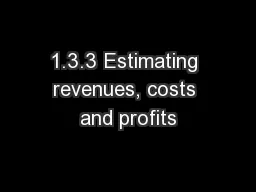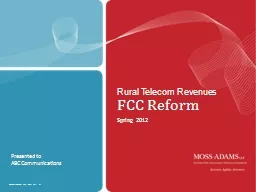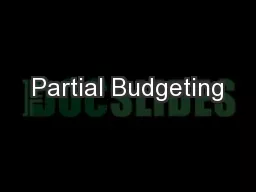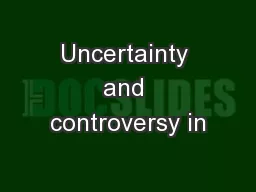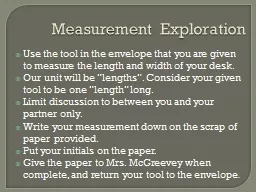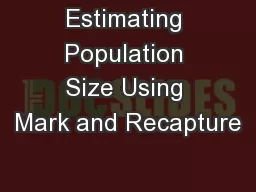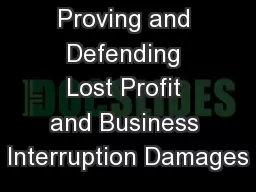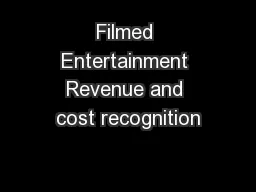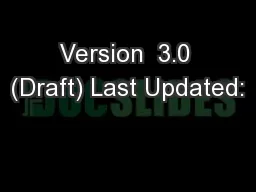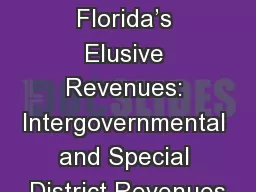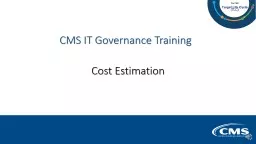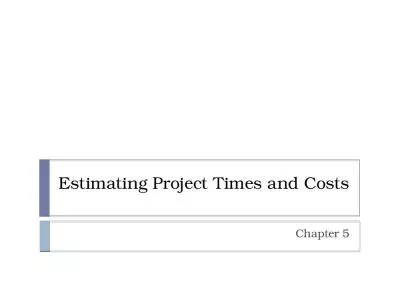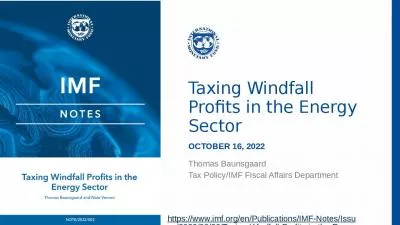PPT-1.3.3 Estimating revenues, costs and profits
Author : lindy-dunigan | Published Date : 2018-10-28
Sir went to Iceland On the way to school this morning I called into Iceland I bought 10 boxes of Strawberry and Vanilla ice cream cones and 10 boxes of Choc and
Presentation Embed Code
Download Presentation
Download Presentation The PPT/PDF document "1.3.3 Estimating revenues, costs and pro..." is the property of its rightful owner. Permission is granted to download and print the materials on this website for personal, non-commercial use only, and to display it on your personal computer provided you do not modify the materials and that you retain all copyright notices contained in the materials. By downloading content from our website, you accept the terms of this agreement.
1.3.3 Estimating revenues, costs and profits: Transcript
Download Rules Of Document
"1.3.3 Estimating revenues, costs and profits"The content belongs to its owner. You may download and print it for personal use, without modification, and keep all copyright notices. By downloading, you agree to these terms.
Related Documents

